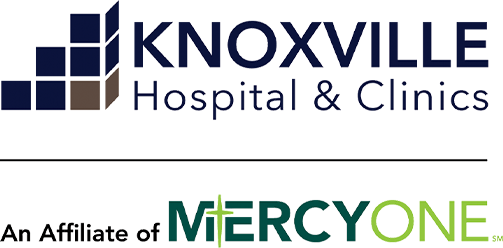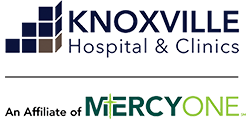Health care bills vary significantly from provider to provider in the marketplace, even within an individual health plan’s provider network. What makes things even more confusing is fees established by a provider for the various medical services they offer are not a good benchmark for deciding where to go to receive care at the lowest possible cost.
Here’s why – health plans negotiate discounts with the providers (doctors, hospitals etc.) in their networks where they agree to accept the discounted amount as payment in full for the services rendered. These discounts take into account a variety of factors such as; patient volume, size of service area, quality of patient care, patient satisfaction and operating costs, among other variables, so they can range anywhere from 0 to 60 percent. So what is one to do in order to keep out-of-pocket expenses to a minimum?
Understand your health insurance policy.
It is essential to become familiar with the rules and cost-sharing features of your health plan. How much is the deductible? What out-of-pocket costs apply toward the deductible? Is there a higher copay for using the emergency room? Is advance approval required for tests, elective procedures, or specialist visits? Are the services ordered by your doctor considered preventative or diagnostic? Does the plan allow you to go out of network? Many HMOs don’t, except for emergencies when you are outside the plan’s service area or for treatments for rare conditions.
Use in-network providers as often as possible
In-network providers have agreed to accept a negotiated price (discount) with the insurance company as payment in full. Even if you haven’t met your annual deductible, you’ll still benefit from the in-network discount price, and if you have met it, you’ll only be responsible for your copay or coinsurance in most cases.
Review and compare before you pay
Save all provider statements and compare them with the explanation of benefit (EOB) forms that are received from the health plan. Generally, you owe only the “patient responsibility” amount indicated on the EOB forms for in-network care, which should reflect on your bill.
For elective out-of-network care, lean your plan's reimbursement policy.
This information should be in your health-plan documents, but if not, call the plan and ask. Some set their own “allowed amount” and some use the Fair Health pricing database. Others pay a set percentage of Medicare’s fee schedule. Typically a plan will pay a portion, such as 60 percent, of that agreed-upon price. You’re obligated to pay the rest plus the balance of whatever your out-of-network provider decides to charge. So, for example, if a non-network doctor charges $2,000 for a treatment and the insurance company says the allowed price is $1,000, they will pay the provider $600 and you’ll owe the provider $1,400.

